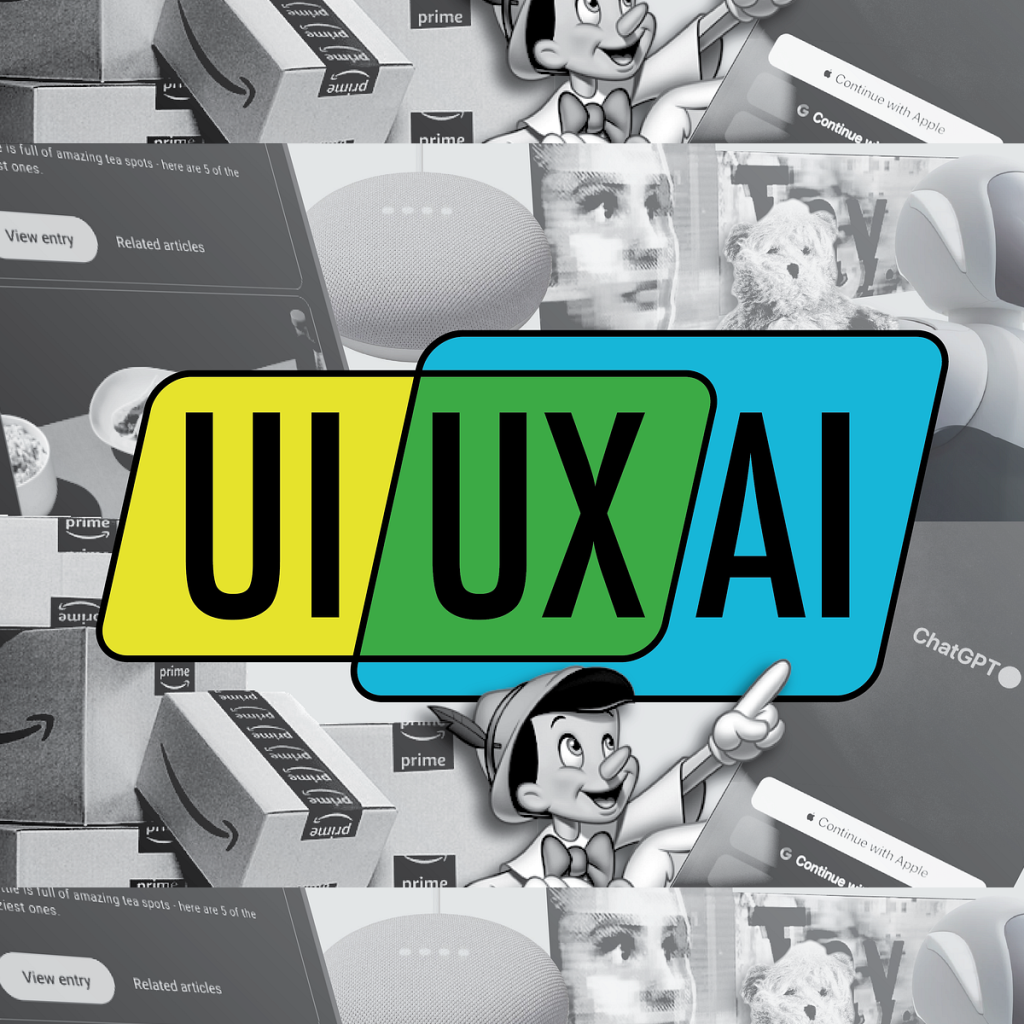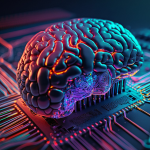
Developing a mindset that combines User Experience (UX) and Artificial Intelligence (AI) thinking is essential for creating innovative and impactful designs in today’s rapidly evolving technological landscape. Here are some key principles and steps to help you develop a strong UX/AI thinking approach for your new design world:
- Understand User Needs and Behavior:
- Start by deeply understanding your target users, their goals, pain points, and behavior patterns. This forms the foundation of any UX design process.
- Leverage AI-driven analytics tools to gain insights from user data, such as user flows, click-through rates, and engagement patterns, to identify areas for improvement.
- Define Clear Objectives:
- Clearly outline your design objectives and how AI can contribute to achieving them. Determine where AI can enhance user experiences, streamline processes, or provide personalized content.
- Human-Centered AI Design:
- Prioritize human needs and values in the design of AI-driven experiences. AI should be a tool that empowers users, rather than a technology that replaces them.
- Iterative Prototyping:
- Create prototypes that incorporate AI features and interactions early in the design process. Test these prototypes with real users to gather feedback and refine your designs iteratively.
- Ethical Considerations:
- Understand the ethical implications of AI, including issues of bias, privacy, transparency, and accountability. Design AI systems that are fair, transparent, and respectful of user privacy.
- Seamless Integration:
- Aim for a seamless integration of AI capabilities within the user interface. Avoid creating disjointed experiences by ensuring that AI-powered elements feel natural and intuitive to users.
- Personalization and Contextualization:
- Utilize AI algorithms to offer personalized experiences based on user preferences, behavior, and historical data. AI can adapt content, recommendations, and interactions in real-time to cater to individual users.
- Data-Driven Insights:
- Leverage AI to analyze user data and extract actionable insights. These insights can inform design decisions and help you create experiences that align with user needs and expectations.
- Collaborative Design Approach:
- Foster collaboration between UX designers, AI experts, data scientists, and other relevant stakeholders. A multidisciplinary team can bring diverse perspectives and ensure a holistic approach to design.
- Continuous Learning and Adaptation:
- Stay updated with the latest advancements in AI and UX design. The field is constantly evolving, so being open to learning and adapting is crucial to staying at the forefront of innovation.
- User Education and Empowerment:
- Educate users about the AI features and their benefits. Ensure that users have control over AI-driven interactions and provide mechanisms for them to customize or adjust AI recommendations.
- User Testing and Feedback:
- Conduct usability testing and gather user feedback throughout the design process. This helps identify usability issues, uncover user preferences, and validate the effectiveness of AI-driven features.
By blending UX principles with AI capabilities, you can create designs that are not only visually appealing but also intuitive, efficient, and deeply personalized to meet the needs of your users in this new design world.

